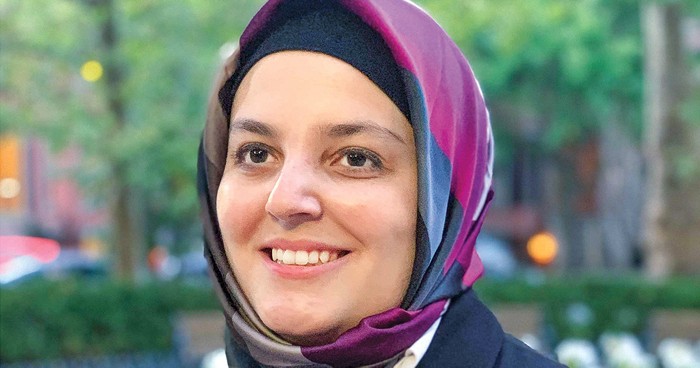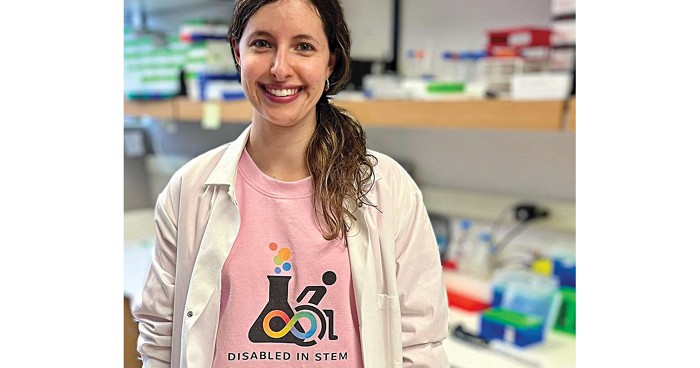Advertisement
Grab your lab coat. Let's get started
Welcome!
Welcome!
Create an account below to get 6 C&EN articles per month, receive newsletters and more - all free.
It seems this is your first time logging in online. Please enter the following information to continue.
As an ACS member you automatically get access to this site. All we need is few more details to create your reading experience.
Not you? Sign in with a different account.
Not you? Sign in with a different account.
ERROR 1
ERROR 1
ERROR 2
ERROR 2
ERROR 2
ERROR 2
ERROR 2
Password and Confirm password must match.
If you have an ACS member number, please enter it here so we can link this account to your membership. (optional)
ERROR 2
ACS values your privacy. By submitting your information, you are gaining access to C&EN and subscribing to our weekly newsletter. We use the information you provide to make your reading experience better, and we will never sell your data to third party members.
Letters to the editor
Stereo Chemistry in class
As a high school chemistry educator, I always look for opportunities for students to truly connect to the subject, beyond atoms and reactions. But I find it challenging to develop ways to organically incorporate important conversations about diversity, equity, and inclusion into the science curriculum. Educators can share about influential Black chemists or women in science, technology, engineering, and mathematics, but opportunities to discuss social justice in chemistry are rare.
In my search for inspiration, I came across the story of Alice Ball, the first Black chemistry instructor at the College of Hawaii. She developed an injectable treatment for leprosy, though died later that year. What struck me was that the college president published her findings without giving her credit. Though a doctor Ball had worked with eventually spoke up and the method was renamed the Ball method, it made me think more deeply about how many people had not received credit for their work in chemistry. I thought about all the names of processes, reactions, equations, and laws I share with my students, including Bohr’s model, Avogadro’s number, and the Heisenberg uncertainty principle. The names are a part of the regular vocabulary of a chemist but often don’t recognize women and people of color. I think of Fritz Haber, whose wife, Clara Immerwahr, a chemist in her own right, contributed to his work, though the production of ammonia carries only his name [alongside that of Carl Bosch, another man]. So I wondered, Who decides who gets name recognition for a discovery?
From there, I found C&EN’s podcast. Episode 32 explored that question and more. I turned the question to my students. In class, I asked them to share initial thoughts about whether the names of chemists should be used to label reactions or laws going forward. Their homework was to listen to the episode and post to a discussion board about their perspectives and whether they had changed after listening to the opinions of various chemists. The purpose of the assignment was to motivate students to think critically about how names might impact the sense of inclusion in the field. Their opinions were just as varied and unique as the chemists in the podcast, and it was clear they had been thoughtful in their posts, even responding to one another to challenge their ideas further. I’m grateful for this resource that enabled thoughtful dialogue in my classroom; these conversations are an essential part of science literacy.
Victoria Perrone
Boston




Join the conversation
Contact the reporter
Submit a Letter to the Editor for publication
Engage with us on Twitter